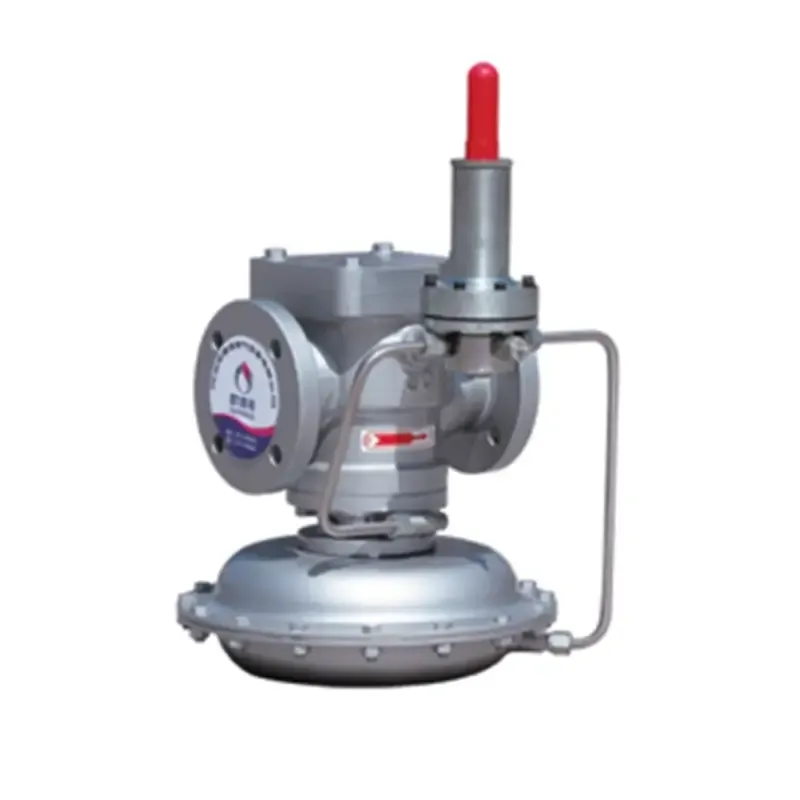
Nov . 05, 2024 14:05
Back to list
gas safety relief valve
Gas Safety Relief Valves An Essential Component in Safety Systems
In various industries, particularly those involving the processing and handling of gases, maintaining safety is paramount. One critical component in ensuring this safety is the gas safety relief valve. These valves are designed to protect equipment and personnel by preventing excessive pressure buildup in gas systems. This article will explore the importance of gas safety relief valves, their working principles, types, applications, and maintenance practices.
Understanding the Function of Gas Safety Relief Valves
A gas safety relief valve operates as a safety mechanism that automatically releases gases when the pressure inside a system exceeds a predetermined limit. This is vital in preventing catastrophic failures such as explosions or leaks that could lead to hazardous situations. The valve acts as a safeguard for tanks, pipes, and other containment systems used to store and transport gases.
When the pressure reaches a specific threshold, the valve opens, allowing the gas to escape until the pressure returns to a safe level. Once the pressure normalizes, the valve closes again, ensuring that the system can continue to operate effectively without risking safety.
Types of Gas Safety Relief Valves
There are several types of gas safety relief valves, with the two most common being spring-loaded and pilot-operated valves.
1. Spring-Loaded Valves These valves utilize a spring mechanism to maintain a specific pressure. When the internal pressure exceeds the spring force, the valve opens. They are known for their reliability, simplicity, and ease of installation. However, they may not provide as precise control of pressure as other types.
2. Pilot-Operated Valves These valves use a pilot mechanism to control the main valve, allowing for better sensitivity and control over the pressure settings. Pilot-operated valves are generally more efficient and can handle larger flow rates compared to spring-loaded ones, making them suitable for high-capacity systems.
Applications of Gas Safety Relief Valves
Gas safety relief valves find applications in numerous sectors, including
gas safety relief valve

- Oil and Gas Industry In oil refineries and gas processing plants, these valves ensure that pressure does not exceed safe operating limits, protecting equipment from damage. - Chemical Manufacturing Many chemical processes involve volatile gases. Safety relief valves are critical in managing pressure in reactors and storage units to prevent accidents.
- Power Generation Gas-fired power plants rely on safety relief valves to maintain operational safety by preventing pressure build-up in pipelines, compressors, and turbines.
- Residential and Commercial Use Many heating systems, like those using natural gas, are equipped with safety relief valves to protect against pressure surges that could pose dangers to occupants.
Maintenance of Gas Safety Relief Valves
Regular maintenance of gas safety relief valves is vital to ensure their effectiveness. Here are some key practices
- Routine Inspections Regular visual inspections can help identify any signs of wear or corrosion. Maintenance schedules should be established based on the manufacturer's recommendations and the specific operational environment.
- Testing It’s important to test the relief valves periodically to ensure they activate at the designated pressure. This can be done through functional testing methods that simulate system conditions.
- Cleaning Accumulation of dirt and debris can affect the performance of the valves. Regular cleaning can help maintain their functionality.
- Replacement If a valve shows signs of failure or excessive wear, it should be replaced immediately to avoid possible system failure or leaks.
Conclusion
Gas safety relief valves are critical components in ensuring the safety of gas systems across numerous industries. By understanding their function, types, and maintenance requirements, companies can better protect their employees, equipment, and the environment from the risks associated with high-pressure gas systems. Investing in the proper implementation and maintenance of these valves is not only a regulatory requirement but also a crucial aspect of responsible operational practices. As technology advances and safety standards evolve, the continued development of effective gas safety relief valves will play an essential role in promoting safety in gas handling operations worldwide.
Next:
Latest news
-
Safety Valve Spring-Loaded Design Overpressure ProtectionNewsJul.25,2025
-
Precision Voltage Regulator AC5 Accuracy Grade PerformanceNewsJul.25,2025
-
Natural Gas Pressure Regulating Skid Industrial Pipeline ApplicationsNewsJul.25,2025
-
Natural Gas Filter Stainless Steel Mesh Element DesignNewsJul.25,2025
-
Gas Pressure Regulator Valve Direct-Acting Spring-Loaded DesignNewsJul.25,2025
-
Decompression Equipment Multi-Stage Heat Exchange System DesignNewsJul.25,2025

